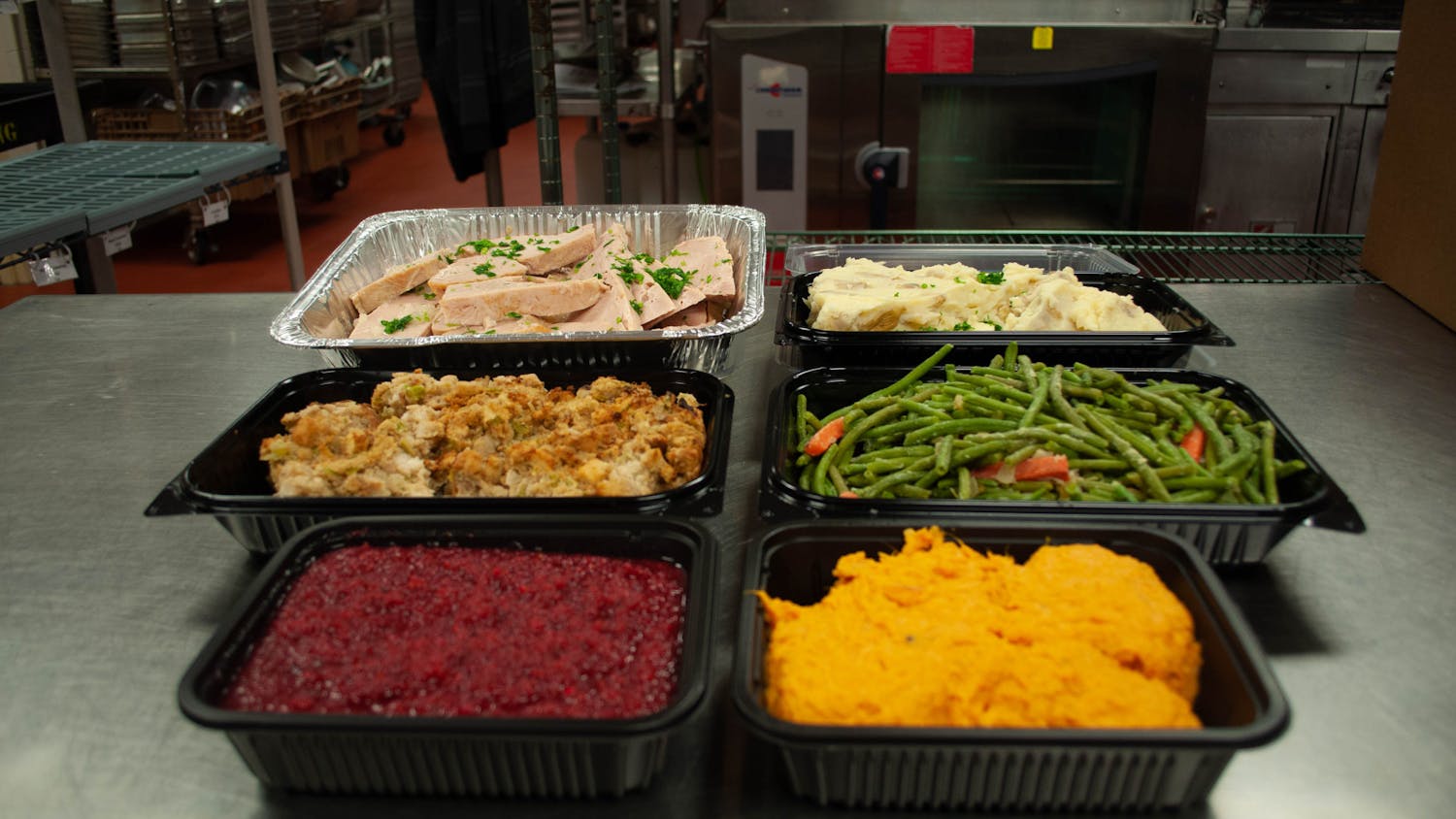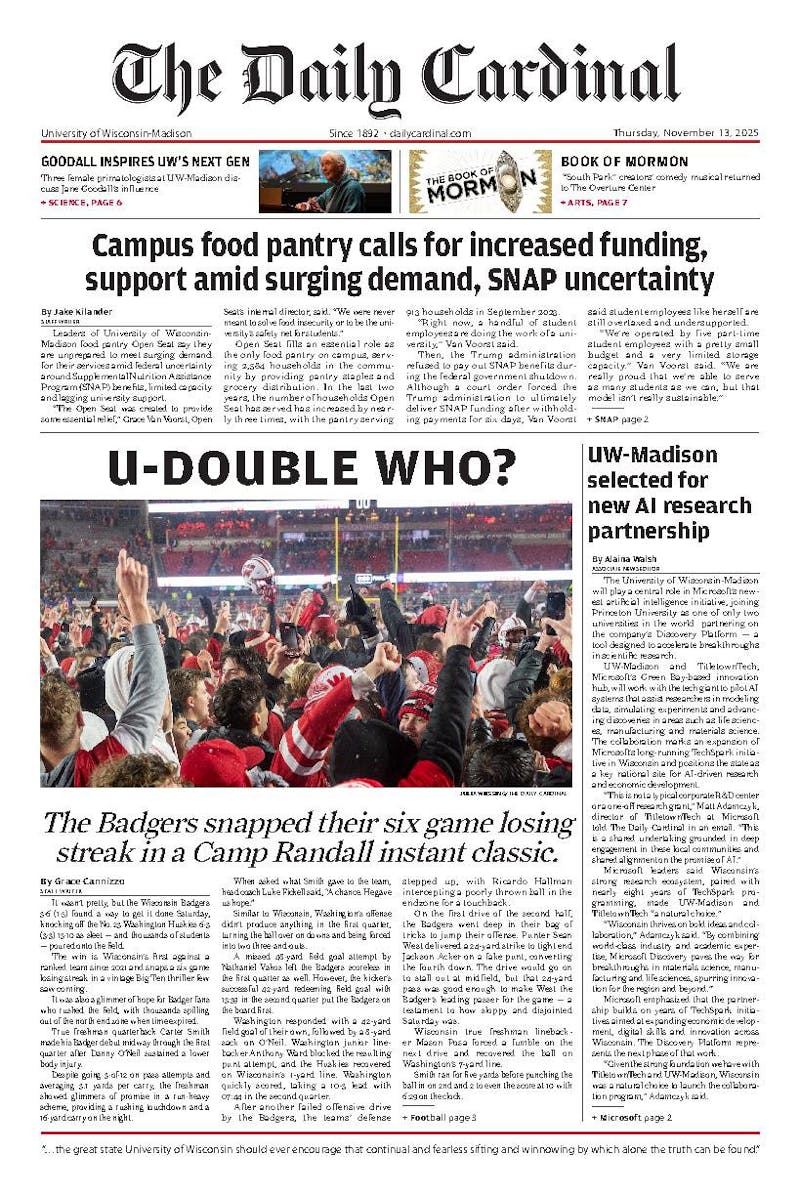Prior to the advent of the cell phone, or any other phone for that matter, people still made calls to others who interested them. They just did it on those people's front porches.
Before the 1920s, women, upon meeting men they wanted to see again, gave them calling cards to let them know where to go and when. Once he had her card and a way to get there, a man would call on the girl of his choice, showing his calling card to the maid and, hopefully, being let in for a pleasant, supervised afternoon of small cakes, iced drinks and cups of coffee in the parlor.
'One hundred years ago, parents controlled opportunities for young people to interact with each other. And so, people interacted in the context of church events and school events and various kinds of adult social events, but it was always under the control of the adults,' said UW-Madison professor of sociology John DeLamater.
Luckily, for anyone without a parlor, the system of dating started to develop with the invention of the affordable family car. When the Ford Motor Company started to make its Model T in 1908, more and more families were able to buy cars as a cheap form of transportation.
As more and more young men and women got the keys, they started being able to drive themselves away from the control of their parents.
According to the book 'From Front Porch to Back Seat: Courtship in Twentieth-Century America' by Beth L. Bailey, 'Between 1890 and 1925, dating ... had become a universal custom in America. ... Cars had given youth mobility and privacy, and so had brought about the system.' Rather than needing a calling card, young men needed two things to be able to woo the women they wanted: a car and cash.
Things also changed drastically for women. Losing the 'girl's privilege' to give out calling cards, as described in Bailey's work, women now waited for men to ask them on a date, generally to dinner, and they went on as many dates as possible.
This system, completely entrenched in American culture by the 1930s, was deemed 'rating and dating' and was based entirely on social standards. In order to get a date, men and women needed to rate high on the popularity scale.
Men needed to have outward signs of their status, such as cars, money and the right clothes, and women needed to be seen with the right kind of guys'and a lot of them'in the right places.
College newspapers and magazines offered advice on the restaurants at which it was best to be seen, and that girls should never snub any man'no matter how awful'since, according to Bailey's book, 'he may come in handy for an off-night.'
By 1950, however, 'rating and dating' had been replaced by an entirely different system. Whereas anyone who dated only one person was seen as unpopular under 'rating and dating,' soon it was only those who did not 'go steady' with one person who were looked down on. The reason for this change: World War II.
During the war, most men fit for duty between the ages of 18 and 26 were sent off to fight, which meant that a system where women dated many different guys quickly died out. It also led to more long-distance relationships and fewer dates. This meant being able to go out to dinner was very rare.
'The need for activities that allow people to meet eligible people has probably just increased over the century,' DeLamater said. 'I'll bet that Madison has five or six times as many restaurants now as it had in 1960. Maybe not bars, but restaurants.'
Now, most guys and girls end up in a combination of 'going steady' and 'rating and dating,' although what constitutes 'real dating' is often questioned.
According to a UW-Madison sophomore couple, Stephen Guzzetta and Kaitlin Peyton, dinner is generally a way to show interest in someone, but it does not always mean that the two going out to dinner are explicitly dating.
'Steve and I went to dinner together before we were dating,' said Peyton. 'I think that's how he tried to lure me in: with classy food.'
Guzzetta agreed. 'I only really consider a dinner date to be dinner before you're dating the person,' he said.
No matter their views on the formality of dating, however, Peyton and Guzzetta agreed that dinner dates are generally central to the practice of romance today.
'It's one of the easiest things to do in the sense that you don't have to think too hard about what you're going to do,' said Guzzetta. 'It's very easy to make small talk, and it's not too hard or stressful on you. Plus, it fills the obligation of having to eat.'
In addition to the modern mix of dating styles, there continues to be a mix of age groups that go out to dinner.
'Originally, I would guess dinner dating was something that young adults did, people in their twenties, who were out of school. From there, it probably gradually spread to college, where you still see it,' DeLamater said.
Now, however, there are older couples who grew up with the tradition of the dinner date. The idea of men taking women out to dinner was once considered a romantic departure from the traditional role of women making dinner, and Madison area restaurants today continue to benefit from the popularity of this tradition.
Ghafoor Zafari, owner of Kabul Restaurant'one of Guzzetta and Peyton's favorite places to dine'said, 'I haven't figured it out. There are so many different combinations of different ages; I can't pinpoint only college students or older people. There are younger people, people with grey hair, everyone.'
So, does Stephen Guzzetta have plans for a romantic Valentine's Day dinner date with his girlfriend?
'Oh, shit, yeah,' said Guzzetta. 'I gotta make those.'





